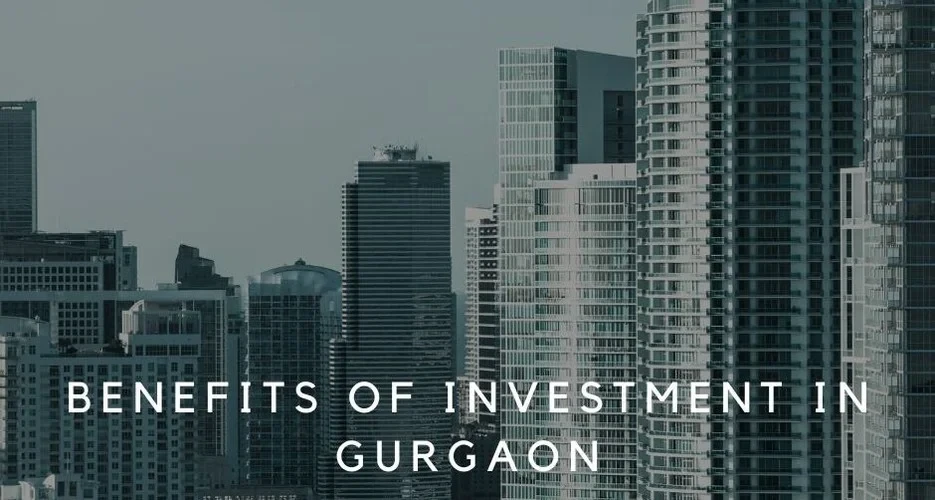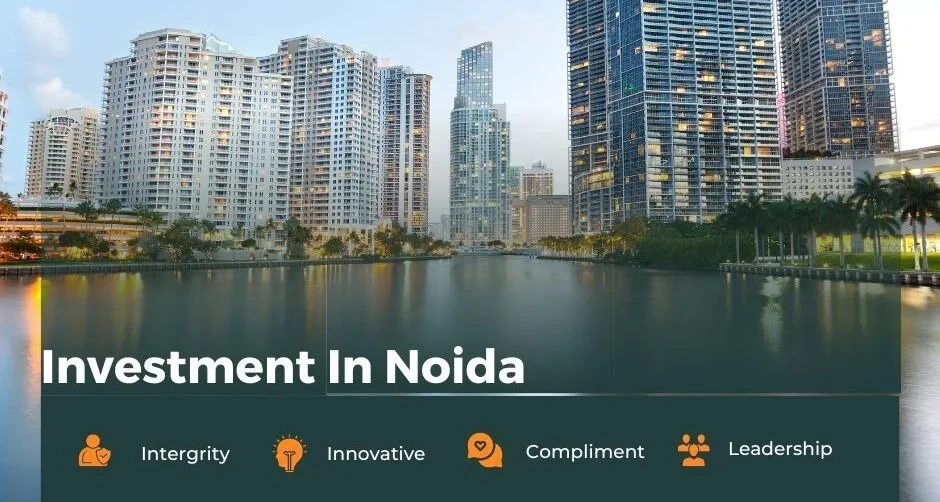
Invest Space 0 Comments 628 Views
Union Budget 2023-24 Highlights Of Infrastructure Development
Union Budget 2023-24 priorities 7 things have been kept in priority in the budget 2023 1. Inclusive growth 2. Reaching the Last Mile 3. Infrastructure and investment 4. Unleash your potential. 5. Green growth 6. Youth power 7. Financial Sector
Union Budget 2023-24 Highlights Of Infrastructure Development
What Is Budget ?
A budget is a document used to project future income and expenses. Simply put, a budget plans for future savings and expenditure as well as planned income and expenditure.
Union Budget 2023-24 priorities
7 things have been kept in priority in the budget 2023
1. Inclusive growth
2. Reaching the Last Mile
3. Infrastructure and investment
4. Unleash your potential.
5. Green growth
6. Youth power
7. Financial Sector
The biggest thing in Nirmala Sitharaman's budget speech was the change in the income tax slab. He changed the slab after 8 years and announced tax exemption on income of 7 lakhs. This was Sitharaman's 5th budget and the country's 75th budget. This time she finished the speech in only 1 hour 27 minutes. Sitharaman said that the whole world was in the era of market due to Corona and war, but India is in a stronger position than other countries.
Revenue Receipt 2023-24
Ø Borrowing and other liabilities- 34%
Ø GST- 17%
Ø Corporation Tax- 15%
Ø Income tax-15%
Ø Union Excise Duties- 7%
Ø Non-tax revenue- 6%
Ø Customs- 4%
Ø Non-Debt Capital Receipt- 2%
Expenditure 2023-24
Ø Interest payment- 20%
Ø State's Share of Taxes & Duties- 18%
Ø Central Sector Shams- 17%
Ø Centrally Sponsored Scheme- 9%
Ø Finance commission and other transfers- 9%
Ø Defense- 8%
Ø Other Expenditure- 8%
Ø Subsidy- 7%
Ø Pension- 4%
Revenue Receipts - Revenue receipts neither create a liability nor cause a decrease in public assets. In simple words, money that comes under revenue receipts does not have to be returned, nor does this money come from selling any government property. Exp - GST, Corporate Tax, Customs.
Capital Receipts – Capital receipts are those which either create liabilities, or reduce assets of the government. In simple words, the money that comes from selling any government property, or the borrowed money that the government has to pay back to the lender, is called Capital Receipts. Exp- BPCL, Kisan Vikas Patra, World Bank Loan
Revenue Deficit- This is the situation when revenue expenditure exceeds revenue receipts. This reflects the inability of the government to meet its regular expenditure with its revenue receipts. In simple words, there are two types of Government Accounts i.e. Capital Account and Revenue Account.
Effective Revenue Deficit– When the grants used for asset creation at the state level are subtracted from the revenue deficit, we get the effective revenue deficit.
Effective revenue deficit, first introduced in 2012-13, takes into account asset creation at the state level through grants.
Fiscal deficit- The difference between earning less and spending more is called the fiscal deficit.
Primary deficit– It is defined as interest payments on earlier borrowings less the fiscal deficit. Primary deficit refers to the borrowing requirements of the government to meet expenditure, excluding interest payments. Net primary deficit is equal to the fiscal deficit plus interest paid minus interest earned.
Revenue Expenditure– Revenue expenditure is the government expenditure which is incurred on pension, government employee salary and debt service. It does not create any assets. Revenue expenditure is the maintenance expenditure that the government incurs on the assets that the government maintains to function.
Capital Expenditure- Capital expenditure is the part of government expenditure that is spent on fixed assets like roads, schools, highways, dams, rails. In simple words, expenditure that creates assets. Like road, rail, school and dam.
Banking & Finance
ü Pan card will become the identity card of government schemes
ü One stop solution by combining Aadhaar with DigiLocker
ü Foreign banks will be able to takeover IFSC banks
ü Online bill system to prevent delay in payment
ü Credit card 5. Ten million
Income tax
ü Tax free up to Rs 7 lakh
ü Tax slabs reduced from 6 to 5
ü Income tax exemption limit not increased
ü Corporate surcharge reduced from 12% to 7%
ü Crypto earnings are taxed at 30%
Clean energy
ü 25 thousand crore investment for energy security
ü 20 thousand crore rupees for increasing green energy capacity
ü 19 thousand 5 hundred crores for solar energy
ü Swapin scheme to promote e-vehicle
Employment
ü Direct Job Non-National Internship Scheme
ü PM skill development scheme started
ü 30 Skill India centers set up in different states
ü 60 lakh new jobs from PLI scheme
ü Filling vacancies in government departments
Farmer
ü 20 lakh crore loan from Kisan Credit Card, 6000 crore for fisheries wealth
ü 37 lakh crore MSP will be transferred directly to the accounts for the purchase of 516 crore crops for cooperative societies
ü Agri products are exempt from import duty
Infrastructure
ü 10 lakh crore capital expenditure fund
ü 400 new Vande Bharat trains in 3 years
ü PM Gati Shakti Scheme for Highways
ü Interlinking of five big rivers
ü On the railway lakh crores will be spent
ü 50 new airports, heliports will be built
Health
ü 157 new nursing colleges will be opened
ü End of cell anemia by 2047
ü Promotion of private investment in the medical field
ü Launch of the National Digital Ecosystem
ü Mental health programs started after Corona
Budget 2023-24 Highlights in Infrastructure
Ø Investment in infrastructure and productivity capacity
Ø Increase in capital investment outlay by 33.% to 10 lakh
Ø Infrastructure Finance Secretary to assist stakeholders for more private investment in infrastructure
Ø Urban Infrastructure Tier 2 & 3 Cities Via Establishment of UIDF
Ø Continuation of 50-year interest-free loan to state government
The budget for 2023 outlines a plan for a successful and inclusive India and it identifies the infrastructure sector as a major factor in achieving the goal of sustainable growth. Strong initiatives to assist green growth include the proposal to give viability gap funding for battery storage, renewable energy evacuation, and the green credit programme. The expansion of regional airports, increased capital expenditures of INR 10 lakh crores (3.3% of GDP), and transportation infrastructure projects will improve last and first mile connectivity. The PPP model is still a key area of effort for promoting coastal shipping as an affordable and energy-efficient source of transportation. The planned Urban Infrastructure Development Fund will make it easier to create urban infrastructure, giving residents of Tier 2 and Tier 3 cities a better standard of living.





0 Comments
Submit a Comment